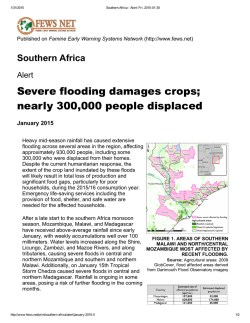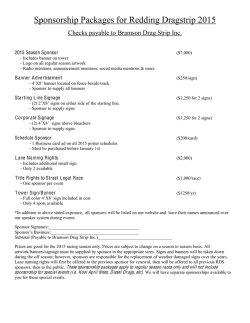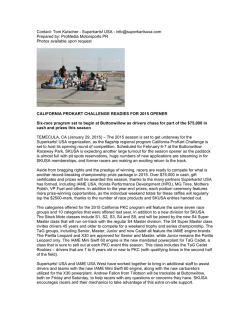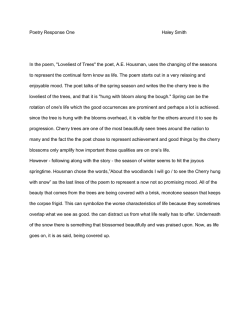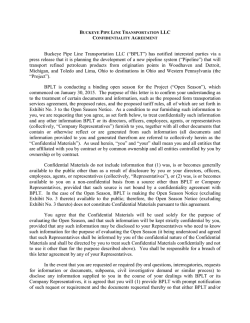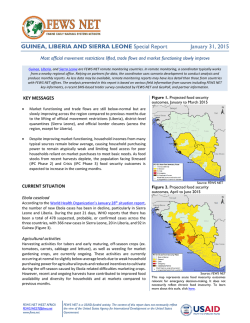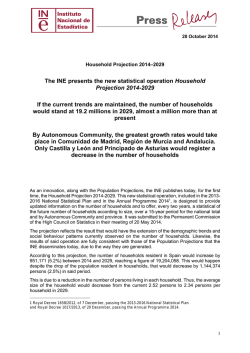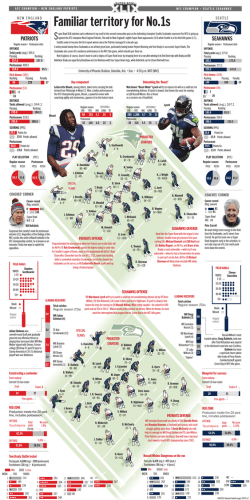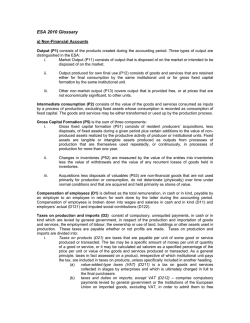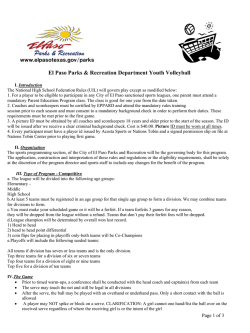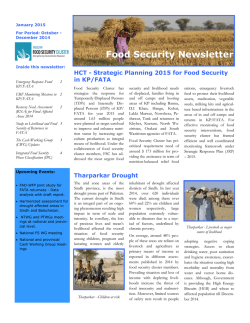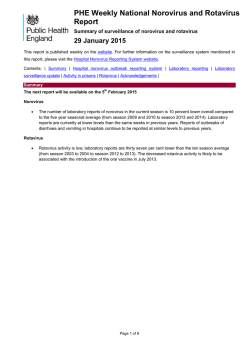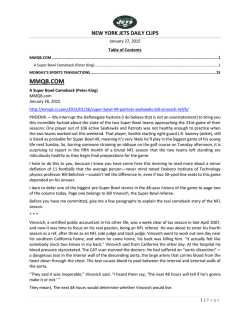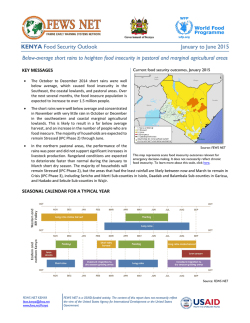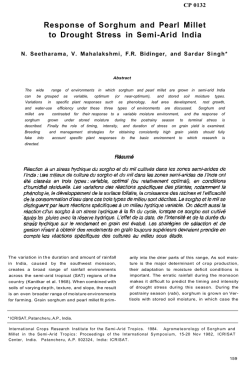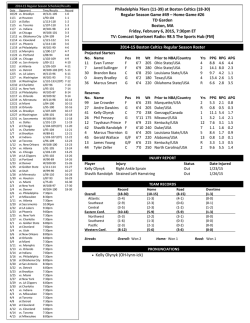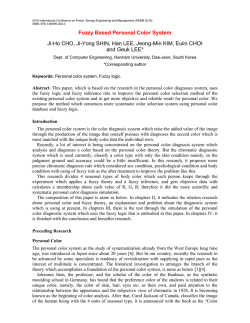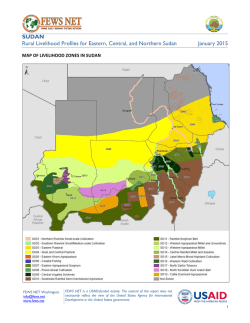
Download PDF
BURUNDI Remote Monitoring Update January 2015 Food security improving with ongoing Season A harvests KEY MESSAGES Season A harvests are currently underway increasing food availability and access for poor households country-wide. Poor households will face Minimal (IPC Phase 1) acute food insecurity from January to March. Staple food prices have stabilized due to increased supply to markets during harvests. However, food prices remain above-average in many areas. As households exhaust food stocks and become more market reliant during the February to May lean season, acute food security is expected to deteriorate to Stressed (IPC Phase 2) in the second quarter. Estimated food security outcomes, January to March (left) and April to June, 2015 (right). Highest estimated level of food insecurity in significant areas of concern using IPC 2.0 Area Reference Tables: Phase 1: Minimal Phase 2: Stressed Phase 3+: Crisis or higher Severity significantly mitigated by assistance Source: FEWS NET ZONE Country wide CURRENT ANOMALIES Localized floods were reported in Ruyigi, Muramvya and Makamba provinces, despite near-average rainfall in terms of quantity and distribution across most of the country. Growing political instability related to the upcoming legislative elections in May 2015, which are to be followed by presidential polls in June 2015. PROJECTED ANOMALIES Normal to above-normal rains are expected during the March to May 2015 main rainy season. Increased flood risks are expected in flood prone areas of Buragane, East Arid Plateaus, and Limbo Plain livelihood zones. Heightened risk of an intensification of electionrelated instability and/or violence which could lead to displacement and market disruption, impacting acute food insecurity in rural areas. PROJECTED OUTLOOK THROUGH JUNE 2015 Season A harvests are currently underway and will continue until the end of February. Harvest prospects are favorable and production is expected to be average across most of the country due to normal to above-normal rainfall during the September to January minor rainy season. Season A harvests account for 35 percent of total annual production. Despite average production, pockets of food insecurity persist in parts of the Northeast, particularly in Kirundo, Cankuzo, Gitega, Muyinga and Rutana provinces of the Dépressions du Nord, Plateaux Secs de l’Est and Dépressions de l’Est livelihood zones. Drivers of food insecurity include above-average food prices due to limited carry-over stocks from the July to August Season B harvests. FEWS NET Burundi [email protected] www.fews.net FEWS NET is a USAID-funded activity. The content of this report does not necessarily reflect the view of the United States Agency for International Development or the United States Government. BURUNDI Remote Monitoring Update January 2015 Staple food prices have either remained stable or declined across most of the country as harvests increase local market supply. In some markets, prices of some staple commodities declined by more than 15 percent from November to December. In Kirundo market, prices of both beans and sweet potatoes declined by roughly 24 percent. Banana and maize prices declined by about 23 and 16 percent, respectively, in Muyinga market. Other staple food prices largely remained stable in different markets across the country, in line with season trends during the harvest period. Average production contributed to overall price stabilization, but prices—particularly for maize and cassava—remain above the five-year average. In Kirundo, maize prices in December were 27 above average and cassava flour prices in Muyinga were 37 percent above average. These relatively high prices were due to Season B production deficits, particularly in northeastern livelihood zones. Prices are expected to increase further beginning in April as stocks from Season A harvest deplete. The pre-election period (first half of 2015) tension could also contribute to escalation of prices earlier than normal throughout the country. As poor households increase market reliance during the February to May minor lean season, above-average food prices will reduce access to food for poor households. Poor and very poor households are likely to decrease spending on essential non-food items in order to meet food requirements. These households are likely to face Stressed (IPC Phase 2) from April to June 2015. SEASONAL CALENDAR IN A TYPICAL YEAR ABOUT REMOTE MONITORING In remote monitoring, a coordinator typically works from a nearby regional office. Relying on partners for data, the coordinator uses scenario development to conduct analysis and produce monthly reports. As less data may be available, remote monitoring reports may have less detail than those from countries with FEWS NET offices. More at http://www.fews.net/Pages/remote-monitoring.aspx?l=en. Famine Early Warning Systems Network 2
© Copyright 2024
